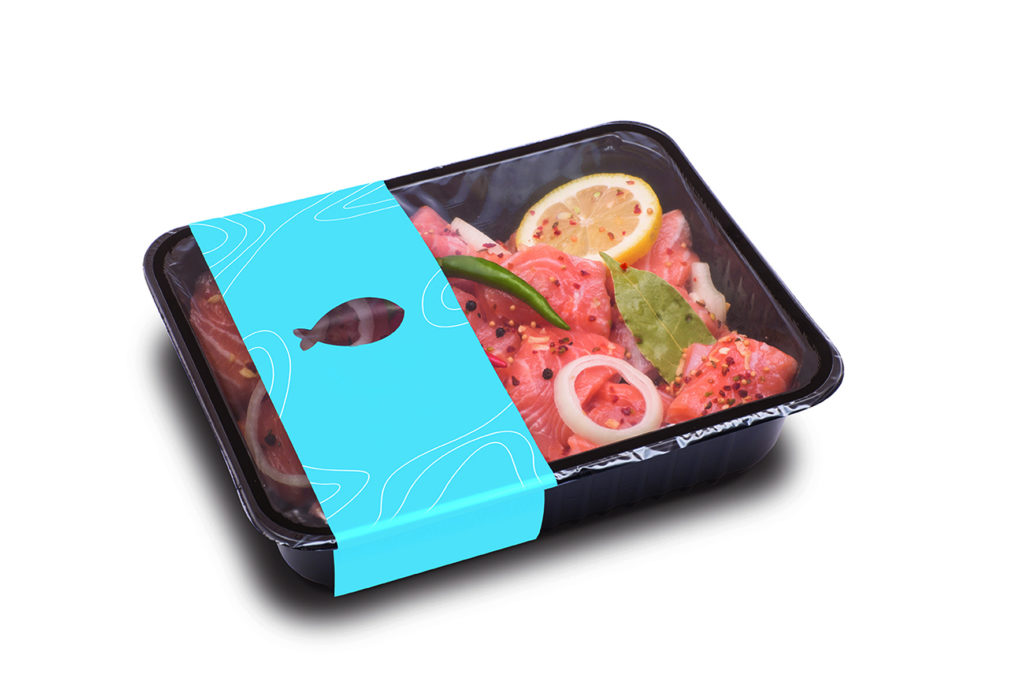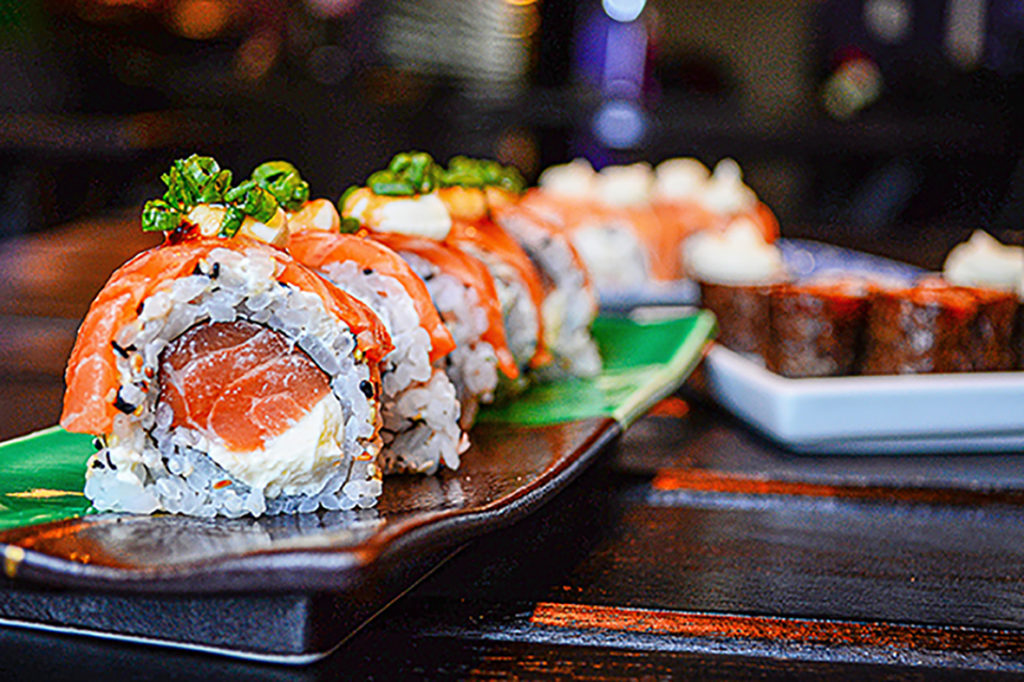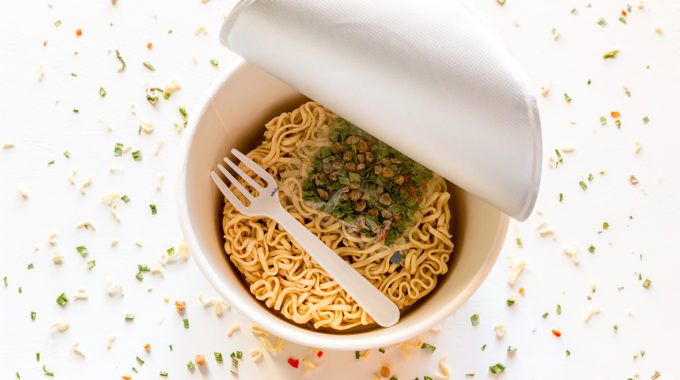New research exposes food safety risks
Researchers from the University of NSW and the Centre for Food and Allergy Research have published a study into prevalence, type and accuracy of allergen labelling information on 429 imported pre-packaged food products imported from mainland China and sold in Sydney. Over a quarter of the products were found to pose potential risks for allergic consumers due to inaccuracies or omissions on the label.
The products were purchased at five major supermarkets and 10 Asian grocery stores in seven suburban areas, and 66 were tested for the presence of peanut, egg, milk and wheat.
Only 22 percent of the products featured precautionary allergen labelling (PAL) statements. The wording “may contain traces of” was the most commonly used PAL statement, being present on almost 30 percent of the products. While most PAL statements were in English, almost 20 percent of PAL statements were only in Chinese.
Just over half of the products contained residues of at least one allergen. Thirty percent contained allergen residue levels exceeding the Allergen Bureau’s VITAL (voluntary incidental trace allergen labelling) Action Level 2, indicating high risks of allergens, with both milk and egg the most commonly identified. Eleven of these products didn’t contain PAL statements, while six others didn’t accurately declare the presence of allergens found in high levels.

Beware misleading seafood substitution
Charles Sturt University research has highlighted the potential risks of fish substitution in imported seafood, in particular those posed by parasites. Charles Sturt Associate Professor Shokoofeh Shamsi from the Graham Centre for Agricultural Innovation and School of Animal and Veterinary Sciences says this has implications for both consumers and the environment.
“Seafood substitution is when one species of fish, crustacean or shellfish, is sold as another species,” Professor Shamsi explains. “For example, a survey found that 75 percent of premises who said they were selling Australian barramundi were selling an entirely different fish which was even a different genus.
“Research also shows that 60 percent of all barramundi consumed in Australia comes from overseas, but half the fish-eating population have no idea.”

A literature review by Charles Sturt PhD student Michelle Williams, which investigated fish substitution and the increased risk of zoonotic parasites (those that can be transferred to humans), found fish substitution occurred in commercial sectors and online vendors.
“The study found the greatest source of substituted fish species was via online vendors,” Williams says. “But substitution was identified in retail and restaurants through to wholesalers, grocery stores and sushi bars.”
Professor Shamsi says fish substitution goes beyond the issue of consumers not getting what they paid for: “The research found the substituted fish included species vulnerable to infection with a zoonotic parasite that was not commonly found in the fish it was incorrectly being marketed as,” she says. “This is particularly concerning when fish is consumed raw.”









